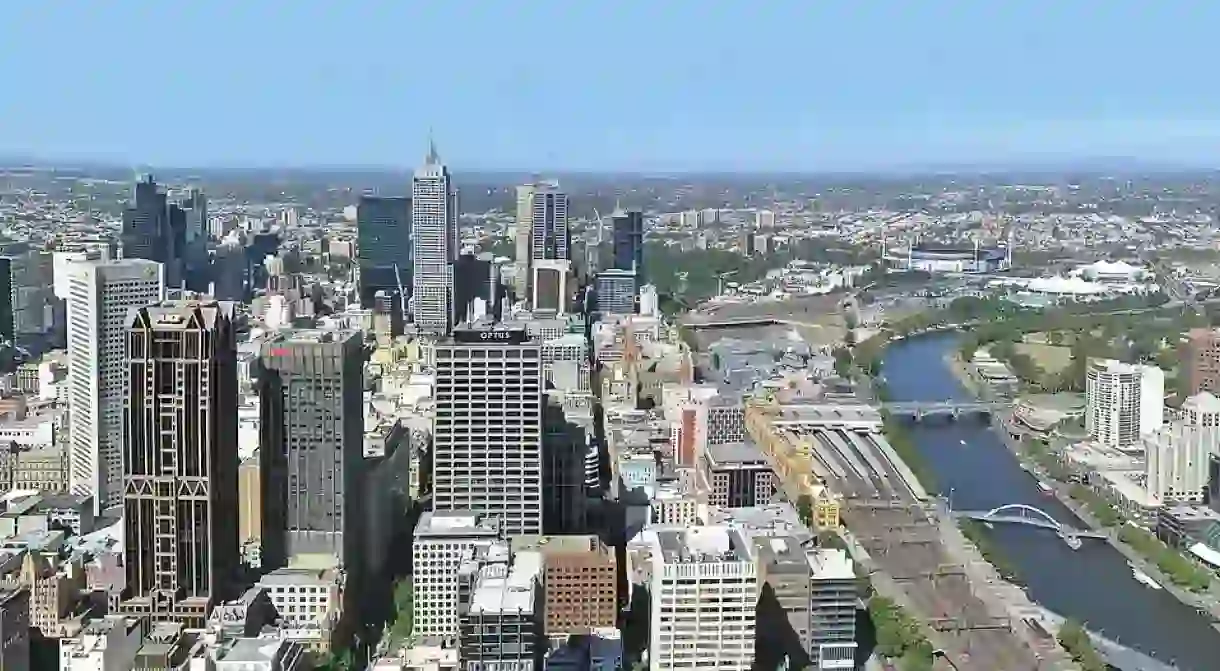How Did These 10 Suburbs of Victoria Get Their Names?

Ever driven by a suburb and wondered how that name came to be? Well, many Victorian suburbs are named after English towns, members of British aristocracy, geographical characteristics or Indigenous terms, but the origins of these ten names are a little more unusual. From quarantined ships to murder, a legendary cow and a bare-knuckle prizefighter, Culture Trip has uncovered the stories behind the names.
Bendigo
The city indirectly gets its name from English bare-knuckle prizefighter William Abednego Thompson whose agile style earned him the nickname “Bendy” Abednego which became “Bendigo”. An Australian shepherd on the Ravenswood Run with a similar fighting style was bestowed the same nickname which was then given to Bendigo Creek. In 1852 the area was officially named Castleton, then renamed Sandhurst, and finally, in 1891, the name Bendigo was adopted.

Carnegie
Originally known as Rosstown after property developer William Murray Ross, the town was renamed Carnegie in 1909 in the hope of enticing American millionaire and philanthropist Andrew Carnegie to donate funds for a library. Ultimately the mission was unsuccessful.

Diamond Creek
There are two stories for the origin of the name Diamond Creek. Victoria’s Register of Geographic Names claims that the name comes from the crystalline stones glistening in the clear water of a creek; however, local legend tells of a bull named Diamond who drowned in a creek. Originally, Diamond Creek was known as Nillumbik a Woiwurrung word that is said to mean “bad lands.”
Diggers Rest
Located between Melbourne and the central goldfields Diggers Rest was named as a rest spot where gold diggers could stop for a drink or to sleep. Walking from Melbourne to Diggers Rest would have taken approximately eight hours. It’s believed the shanty was then upgraded to the Diggers Rest Hotel which was built in 1854.

Emerald
Emerald takes its name from Emerald Creek which was named after Jack “Parson” Emerald, an Irish prospector who was one of only a few gold miners in the area. He is thought to have struck gold but was found dead in his hut in 1858 with a gunshot to the heart.
Glen Huntly
The south-eastern suburb was named after the ship, Glen Huntley, which arrived in Port Phillip in April 1840 carrying 157 new migrants from Scotland, some of which were suffering from typhoid. Ten passengers died on route from Scotland and upon arrival, the ship was forced to anchor in the bay at Red Bluff (now Point Ormond) and subsequently Victoria’s first quarantine station was established. Several more passengers died at the camp and were buried at Red Bluff.
Lalor
In 1945, the northern suburb was named after Peter Lalor — the leader of the Eureka Stockade. The rebellion was prompted by the digger’s opposition of miners’ licenses and resulted in a twenty minute battle on the 3rd December 1854 in Ballarat. The event is seen as the birthplace of Australian democracy. A year later Lalor became a member of the Victorian parliament, the only outlaw to have ever done so.

Melbourne
Settled in 1835, Melbourne was given its name in March 1837 by NSW Governor Richard Bourke after Britain’s Prime Minister William Lamb, known as Lord Melbourne. Prior to this, the city had many odd names including Batmania, Bareport, Barehurp, Bareberp, Bareheep and Barebrass and the Settlement.

Swan Hill
On the 21st June 1836, explorer and surveyor Major Thomas Mitchell and his party spent a sleepless night camping beside a hill, kept awake by the sounds of swans in a nearby lagoon. He wrote: “Among the reeds on the point of ground between the two rivers was a shallow lagoon where swans and other wild fowl so abounded that, although half a mile from our camp, their noise disturbed us through the night. I therefore named this somewhat remarkable and isolated feature Swan Hill, a point which may probably be found to mark the junction of two fine streams.”

Tullamarine
It’s thought that Tullamarine was named after Tullamareena, a member of Wurundjeri people. It’s believed he was present at the signing of John Batman’s treaty in 1835. In 1838 Tullamareena was arrested and jailed for sheep-stealing; however, he escaped and consequently burnt down the first Melbourne gaol. In addition to the suburb, Melbourne’s major airport and a freeway are named after him.














